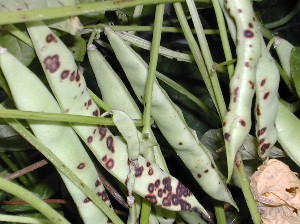Zoysia – Greenup Problems
Notes from Dr. Gil Landry and Dr. Clint Waltz Turfgrass Extension Specialists
The University of Georgia
The following are common problems associated with zoysiagrass green- up that have been observed in spring.
1) Mowing height: This appears to be the most common problem associated with spring transition. Zoysiagrasses in general and the denser the growth type (i.e. ‘Emerald’), the more common scalping problems occur. Zoysiagrasses do not tolerate scalping like bermudagrass. As a general observation, anytime a zoysiagrass is cut low enough that the black mold under the leaf canopy is visible, it will be set back. This is generally below the node of the growing leaves. This can occur at any mowing height, from as low as 0.5 to over 3 inches. Regardless of the normal mowing height, taking the grass down below the node will set it back. Generally, the higher the mowing height, the more this is a problem. Ideally zoysiagrass should be cut at 0.5 to 1.5 inches. Mowing frequency is just as important as mowing height. If more than one-third of the leaf height is removed at mowing, the grass will be stressed.
2) Fertility: 2 pounds of N per 1000 square feet per year is all that is needed by zoysiagrasses. Excessive nitrogen. Although higher N rates produce greener grass, it also reduces the slow-growth characteristics of the grass, increases mowing and irrigation requirements, often increases bermudagrass invasion, and will increase thatch and associated problems.
3) Thatch: as lawns become older thatch becomes more problematic particularly if the turf has been mowed above 2 inches. The effects of increased thatch is slow spring transition and a greater likelihood of disease incidence.













